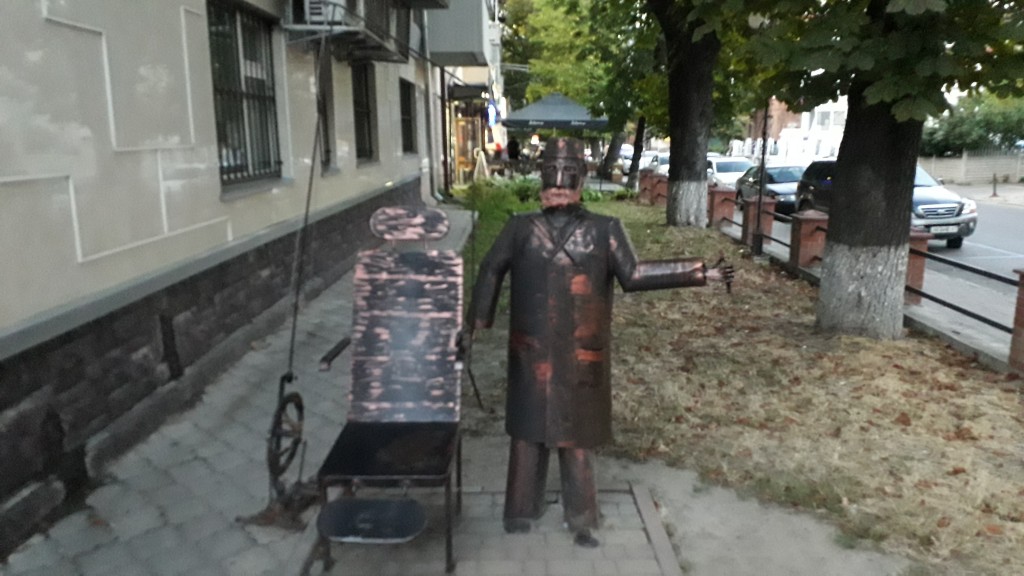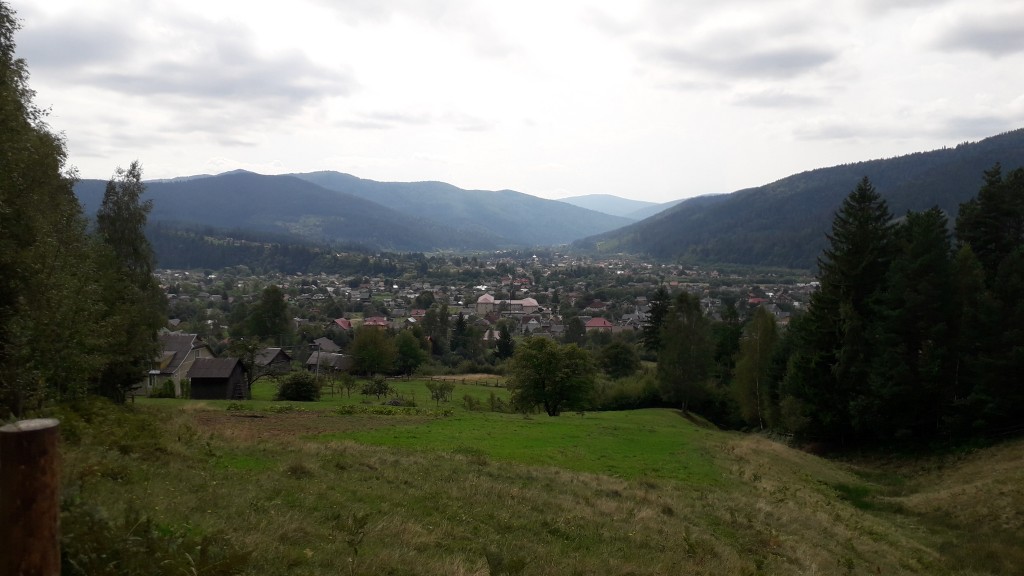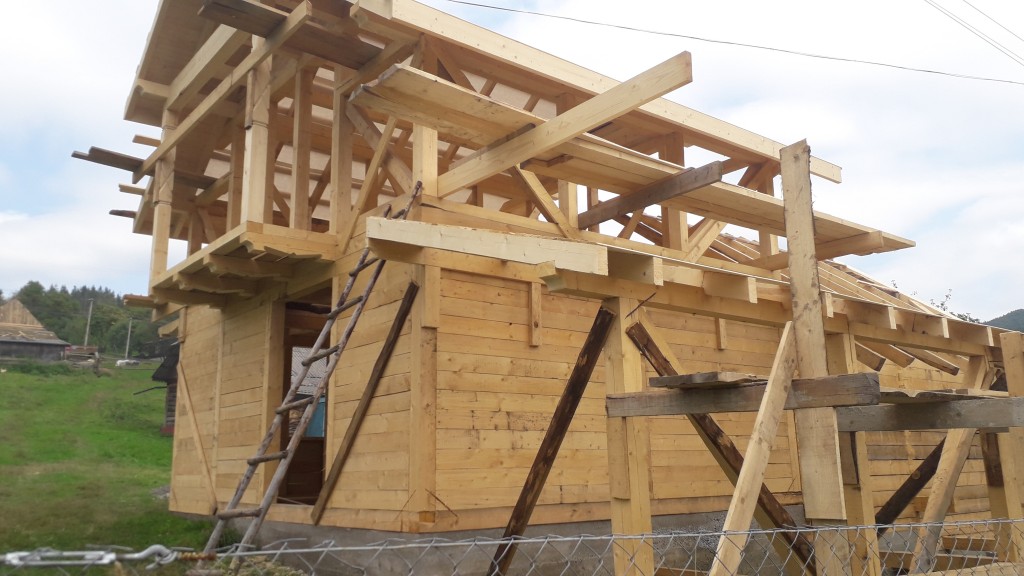In the eighties we grew up knowing we we free. We knew this because the propaganda of that time told us so. As an easily impressed child I could only image how black live was on the other side of the wall. There nobody was free, it was so horrible that those people in eastern Europe were not allowed to travel to western Europe1. This was so thoroughly put into our heads, even in songs it was clear how great and free we were and how terrible and repressed they were. Also, how stupid, to let your government repress you so. And worse, to have neighbors who would inform on you. No, we here in the west, we are smart, we are free, we will never let this happen to us.
Well, of course already back then this was a lie. But, this week it became clear that how far we have come. No one is to leave their home, no one is allowed to get within 1.5 meter of each other. Last week-end, some would not listen and as the weather was nice, the beaches were full. This was not to be allowed, so no you will be fined if they see you in a group. And, zero protest. Today the last active KLM boeing 747 landed at Schiphol. People who went to see it land where fined2. But that's OK as they were warned. The news is full of heroes of the people3. It looks exactly what we were taught about so many years ago.
O, and let's not talk how we halved the number of beds in hospitals in the past 40 years. Well, we will see what the future brings.
- if they were able too they would never return or so the logic went [↩]
- This makes no sense, the wind is very strong today most of your exhaled air will immediately disperse into nothing. Plus, these people usually look from their cars and keep their distance [↩]
- The supermarket employees are heroes. The teachers who sit at home and make a video for the kids are heroes. The bus drivers of empty buses are heroes. The list goes on [↩]








 By the time we were ready to go through customs, the queue had dissolved and all went very smooth. As you can see the walkways to the planes have advertisements these days and the in Kiev looks a lot worse than the one in Schiphol. This turns out to be true for the whole country, but that will be another post. That post will most probably be how these people have money to build something but then immediately forget about it and let it rot. To finish up; the food is good.
By the time we were ready to go through customs, the queue had dissolved and all went very smooth. As you can see the walkways to the planes have advertisements these days and the in Kiev looks a lot worse than the one in Schiphol. This turns out to be true for the whole country, but that will be another post. That post will most probably be how these people have money to build something but then immediately forget about it and let it rot. To finish up; the food is good.
